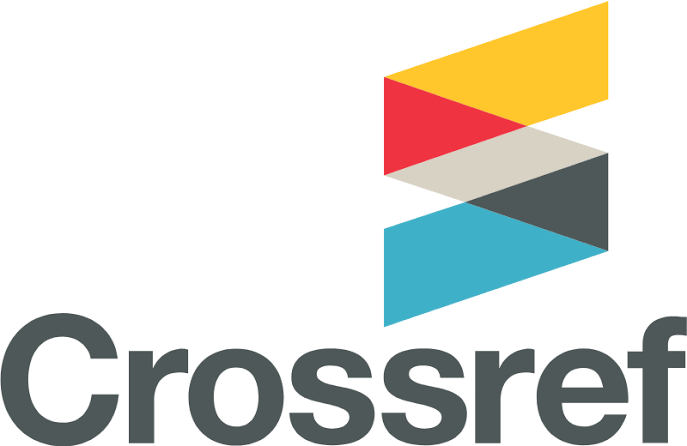STUDENTS’ AND TEACHERS’ PERCEPTIONS OF AVATAR-MEDIATED VERSUS TEACHER-MEDIATED VIRTUAL GUIDED DISCOVERY PEDAGOGIES IN CIVIC EDUCATION AT SENIOR SECONDARY SCHOOLS IN KATSINA STATE, NIGERIA.
DOI:
https://doi.org/10.59795/m.v7i2.176Keywords:
Civic Education, Avatar-mediated instruction, Teacher-mediated instruction, Virtual guided discovery, Blended learningAbstract
This study examined the perceptions of students and teachers on avatar-mediated and teacher-mediated virtual guided discovery pedagogies in Civic Education in Katsina State, Nigeria. A descriptive survey design was adopted, involving 54 teachers and 1,080 students selected through stratified random sampling from 27 senior secondary schools across the three senatorial zones of the state. Data were collected using structured questionnaires, focus group discussions, and interviews, and analyzed using descriptive statistics (frequencies, percentages, means, and standard deviations) and inferential statistics (chi-square). Findings revealed that students perceived avatar-mediated instruction positively (M = 3.84, p < .001), while teachers also rated teacher-mediated instruction highly (M = 4.02, p = .033). Challenges identified included lack of ICT facilities (38.2%) and poor internet connectivity (34.7%). Students preferred avatar-mediated instruction (38.9%), whereas teachers favored blended learning (44.5%), showing a significant difference (p = .001). Both groups strongly supported integrating the two approaches (M = 4.15, p < .001). The study concludes that blended learning, combining avatar-mediated and teacher-mediated methods, is the most effective strategy for Civic Education in Katsina State. It recommends provision of ICT facilities, teacher training, curriculum integration, and policy support to enhance effective implementation.
Downloads
Published
How to Cite
Issue
Section
License
Copyright (c) 2025 Multi-Disciplinary Research and Development Journals Int'l

This work is licensed under a Creative Commons Attribution-NonCommercial-NoDerivatives 4.0 International License.












